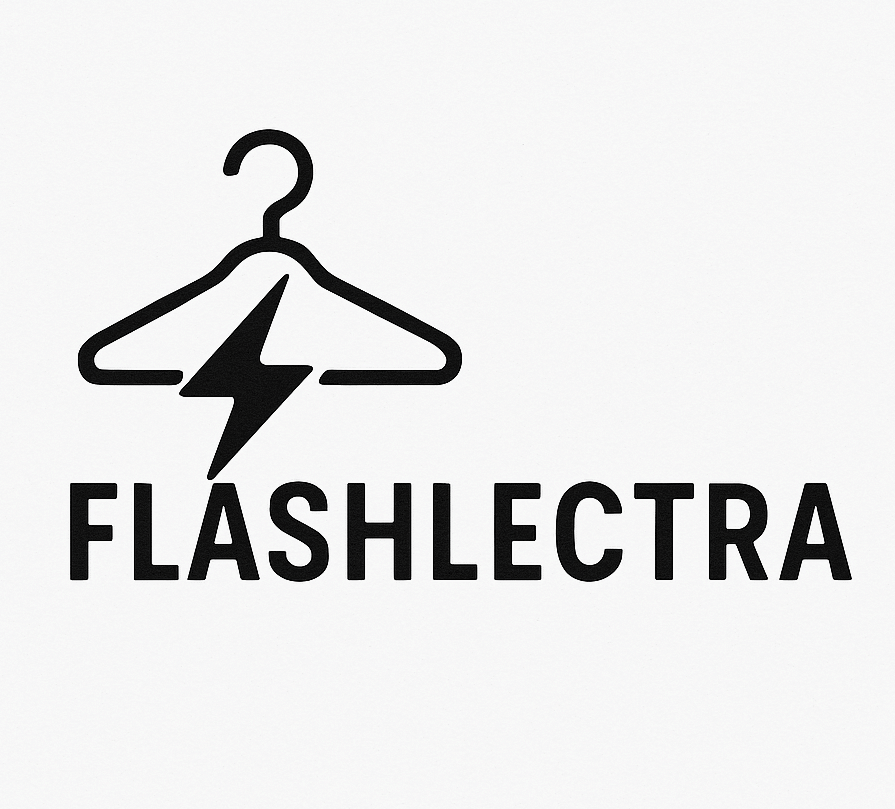Breaking into the fashion industry can feel like a daunting task, especially for newcomers. Whether you’re fresh out of university, switching careers, or simply exploring your passion, starting out as a “fashion workie”—a term used to describe entry-level fashion interns or assistants—can be the launchpad to an exciting career.
This blog post will guide you through everything you need to know about being a fashion workie in 2025, from understanding the role to unlocking its benefits and setting yourself up for success.
What Is a Fashion Workie?
The term fashion workie is often used in the UK and refers to an intern or entry-level assistant working in the fashion industry. These roles can range from assisting in fashion PR, styling, editorial work, buying, marketing, to showroom or event support.
Fashion workies play a critical role behind the scenes, ensuring the fashion ecosystem operates smoothly.
Common Roles and Responsibilities
- Assisting stylists with outfit pulls and returns
- Managing sample logistics for PR and media
- Supporting photo shoots and fashion shows
- Helping with social media content and scheduling
- Conducting market research and competitor analysis
- Providing administrative support
These roles may be unpaid or low-paid, but they are often rich in experience and networking opportunities.
Why 2025 Is the Best Year to Be a Fashion Workie
Increased Industry Access
In 2025, fashion is more democratized than ever. Thanks to the growth of digital platforms, remote internships, and increased inclusivity efforts, getting your foot in the door doesn’t always require living in a fashion capital or having connections.
Technology and Hybrid Roles
With AI and virtual fashion on the rise, workies are now being exposed to tech-driven projects that didn’t exist five years ago. This creates new learning curves and the chance to be part of the industry’s evolution.
How to Land Your First Fashion Workie Role

Step 1: Build a Strong Portfolio
Whether you’re into styling, writing, or design, having a visual portfolio or blog showcasing your work is crucial. Use platforms like Behance, Instagram, or a personal website to demonstrate your skills.
Step 2: Network, Network, Network
Attend fashion networking events (virtual and physical), follow and interact with industry professionals on LinkedIn and Instagram, and don’t underestimate the power of informational interviews.
Step 3: Use the Right Platforms
Websites like Fashion Workie, The Dots, and LinkedIn are great starting points. Many fashion houses and agencies post opportunities directly on their social media channels too.
Step 4: Tailor Every Application
Customize your resume and cover letter for each role. Highlight transferable skills, show passion, and always include a personalized note that demonstrates your understanding of the brand.
Step 5: Prepare for Interviews
Know the brand’s aesthetic and voice. Practice answering common questions like: “What fashion brands inspire you?” or “How do you handle pressure and tight deadlines?” Show that you’re serious about growing in the industry.
Day in the Life of a Fashion Workie
Morning
- Checking and organizing sample returns
- Responding to emails from stylists or PR reps
- Reviewing the day’s shoot schedule
Afternoon
- Assisting on set or managing product inventory
- Coordinating with couriers and showrooms
- Creating mood boards or helping prep content
Evening
- Networking events or industry meetups
- Updating social media or portfolio
Fashion Week Edition
During fashion week, days may start at 6 a.m. with backstage setup and go late into the night with post-show wrap-ups and social media coverage. It’s a high-pressure environment but full of learning.
Every day is different, and adaptability is key.
Tools & Resources Every Fashion Workie Should Know
- Canva: Great for mood boards and social media content
- Trello or Notion: Perfect for managing projects and daily tasks
- Instagram & TikTok: Industry favorites for showcasing style and networking
- Vogue Business & The Business of Fashion: Stay updated with industry trends
- WeTransfer & Dropbox: Essential for sharing high-res media files
Familiarity with these tools can set you apart in fast-paced fashion environments.
Challenges of Being a Fashion Workie

Low or Unpaid Work
Unfortunately, many entry-level roles are unpaid or underpaid. Budgeting and planning are essential, especially if you’re working in expensive cities like London or New York.
Long Hours and Fast Pace
The fashion industry runs on tight deadlines. You may find yourself working long hours, especially around fashion weeks or big events.
High Competition
You’ll be one among many trying to prove themselves. Staying resilient and motivated is part of the journey.
Benefits of Being a Fashion Workie
Real Industry Experience
There’s no substitute for hands-on experience. You’ll learn how the industry works from the inside out.
Building a Network
Your fellow interns, supervisors, and even the people you assist can become lifelong contacts and collaborators.
Skills Development
You’ll gain valuable skills like time management, communication, multitasking, and software use that are transferable across careers.
Career Progression
Many successful fashion editors, stylists, and brand founders started as workies. If you’re committed and strategic, this role can open major doors.
Real Stories: From Workie to Industry Leader
Ella James, now a senior stylist at a major UK fashion magazine, started as a fashion workie delivering samples in London. Her dedication, punctuality, and sense of style got her noticed and promoted within a year.
Ravi Patel, once an unpaid PR intern, now runs his own fashion consultancy. He credits his workie days for giving him hands-on learning and real client exposure.
Stories like these are common—consistency and attitude go a long way.
How to Stand Out as a Fashion Workie
Be Proactive
Always ask if you can help with something else. Anticipating needs before being asked shows initiative.
Stay Organized
Fashion involves many moving parts—samples, schedules, people. Being organized makes you an asset.
Dress the Part
You don’t need to wear head-to-toe designer, but dressing with personal style and professionalism goes a long way.
Ask Questions
This is a learning opportunity. Asking thoughtful questions shows you’re engaged and eager to grow.
Future Opportunities After a Workie Role
- Fashion Assistant: Support more senior staff and take on higher responsibilities.
- PR Coordinator: Help manage communications and media relations.
- Styling Assistant: Work on major campaigns, editorials, or with celebrities.
- Content Creator: Transition into fashion blogging, photography, or social media roles.
- Buyer or Merchandiser: Move into fashion retail and trend forecasting.

Final Thoughts: Making the Most of Your Fashion Workie Journey
Being a fashion workie in 2025 means being at the crossroads of tradition and innovation. While the role can be challenging, it also offers incredible rewards for those who commit to the grind, stay curious, and remain open to learning. Whether you dream of styling celebrities, launching a label, or becoming a fashion editor, this is where your journey begins.
Fashion Workie Starter Checklist
So polish your portfolio, refine your elevator pitch, and step into the industry with confidence. The fashion world is waiting!




